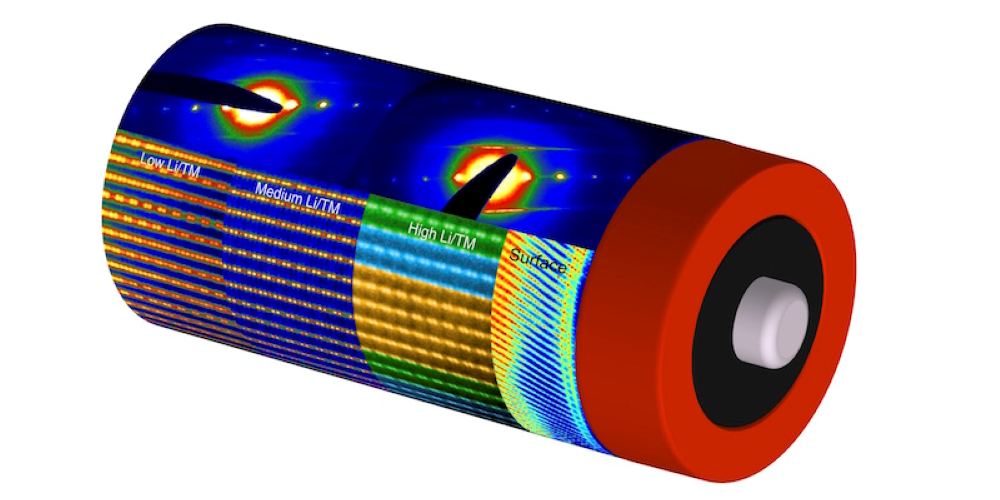The Battery Health Sentry project led by Dr. Sergiy Sazhin and his team at the Idaho National Laboratory (INL) was conceived over a decade ago and resulted in a new approach for battery health monitoring. The project was initially funded through the INL Directed Research and Development program and focused on detecting developing battery failures earlier and shockingly faster. This project has become even more relevant in recent years as the demand for lithium-ion batteries has skyrocketed given the transition over to electric vehicles and other clean energy technologies. Because of the technology’s potential for commercialization, the team received funding to mature this battery monitoring technique from the Technology Commercialization Fund in 2016, provided by the Department of Energy’s Energy Efficiency and Renewable Energy Vehicle Technologies Office and administered by the Office of Technology Transitions. Novus Sentry has licensed this technology and is exploring several initial pilots and use cases as they continue to bring this tech to market.
Although lithium-ion batteries are found in a wide array of applications, from mobile phones to commercial airliners, the continued expansion of lithium-ion batteries is hindered by safety, durability, and reliability concerns. Sergiy recognized the need for a better monitoring technique during his time in the private sector, “When I was doing R&D in product development, we would receive these internal safety studies about how batteries would explode or cause fires. It was clear to me that these were internal shorts and to prevent undesirable safety outcomes, we would need to measure them somehow.”
So, Sergiy and his research team at INL began developing a new, fast metric—self-discharge (SD) current—as a way to detect developing internal shorts and assess battery safety. He sees the list of use cases growing by the day, “When there were huge floods in Florida last summer, there were tons of vehicles submerged in saltwater that nobody knew what to do with. Our technology could be used to inspect these damaged vehicles. It can answer the question of ‘what is the quality of the batteries after a catastrophic event?’”


